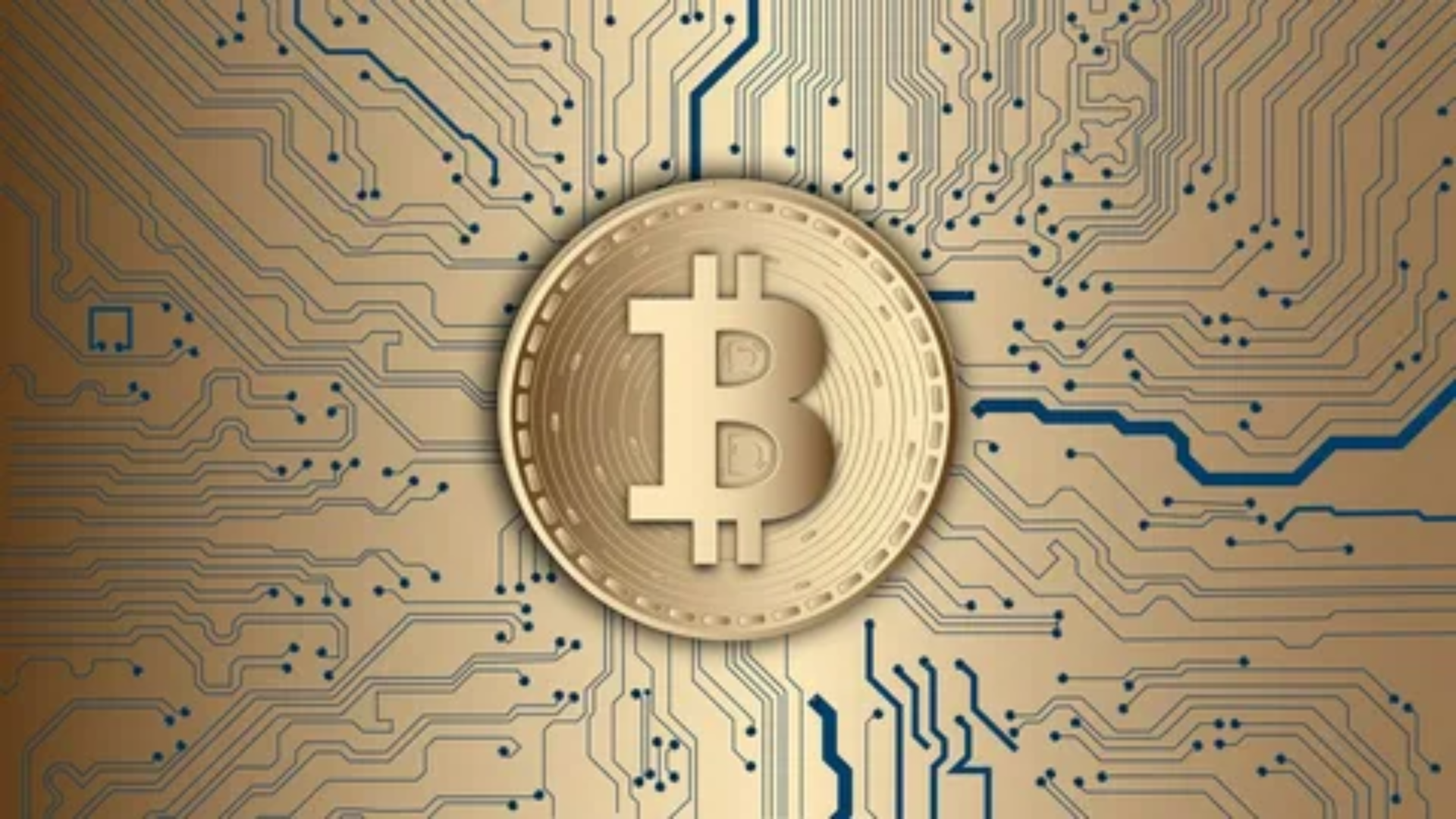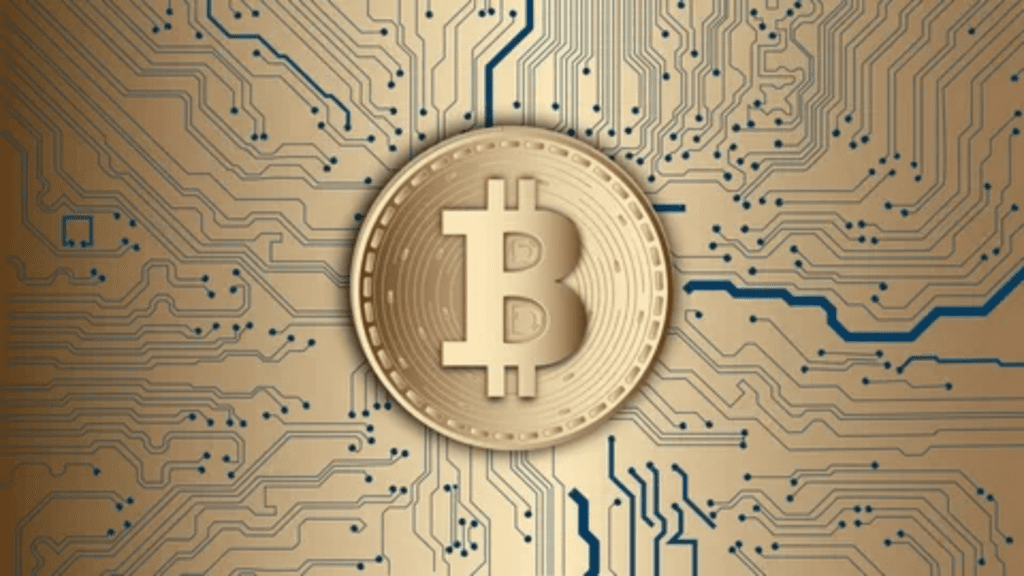Welcome to the brave new world of blockchain! Most people think of blockchain as just the technology behind Bitcoin, but it’s about to shake up a lot more than just your favorite cryptocurrency. It’s like finding out that your trusty Swiss Army knife can also double as a bottle opener, nail clipper, and even a mini flamethrower (not that we recommend the last one). So, buckle up as we explore the uncharted waters of blockchain beyond crypto.
What is Blockchain?
Before we dive into the fascinating applications of blockchain technology, let’s break down what it actually is.
At its core, blockchain is a distributed ledger technology that records transactions across many computers in such a way that the registered transactions cannot be altered retroactively. Imagine a digital notebook that everyone can see but no one can erase or tamper with.
Key Features of Blockchain:
- Decentralization: No single entity controls the entire network. This is like a potluck dinner where everyone brings a dish—nobody’s in charge, and everyone gets a say!
- Transparency: Transactions are visible to all participants in the network. So, if you’ve ever wanted to know who ate the last slice of pizza, blockchain might just be your best friend.
- Security: Each transaction is encrypted and linked to the previous one, making it incredibly difficult to hack. It’s like trying to break into Fort Knox with a butter knife.
- Immutability: Once recorded, a transaction cannot be changed. It’s set in stone, or rather, in digital concrete!
- Consensus Mechanisms: Blockchain networks use different methods to agree on the validity of transactions. Think of it as a group of friends trying to decide where to eat—everyone has to agree before you settle on that sushi place.
Beyond Cryptocurrency: The Real-World Applications of Blockchain
Now that we have a grasp of what blockchain is, let’s explore its potential applications beyond just digital currencies. Spoiler alert: it’s going to be way more exciting than your high school math class!
1. Supply Chain Management
Have you ever wondered where your avocado toast comes from? With blockchain, you can trace the journey of your food from farm to table.
How It Works:
- Each step of the supply chain—from planting to harvesting, processing, and shipping—is recorded on a blockchain.
- This means that if your avocado was shipped from a sketchy farm, you’ll know, and you can reconsider your brunch plans!
2. Healthcare
Blockchain can revolutionize how we store and share medical records. Imagine not having to fill out the same form at every doctor’s office.
Benefits:
- Interoperability: Different healthcare providers can access a single source of truth regarding a patient’s medical history.
- Security: Patients have more control over their data and can choose who gets to see their medical records. No more “oops, I didn’t mean to send that to your ex!”
3. Voting Systems
What if we told you that blockchain could make elections more transparent and secure?
How It Works:
- Voters can cast their ballots through a blockchain-based system, ensuring that their votes are counted accurately and securely.
- Plus, you could even vote from your couch, wearing your comfiest pajamas—now that’s democracy in style!
4. Intellectual Property Protection
Artists and creators can safeguard their work using blockchain, ensuring they receive the credit (and money) they deserve.
Why It Matters:
- Each piece of work can be registered on a blockchain, giving the creator a timestamp and proof of ownership.
- So, no more “I thought of that idea first” arguments—let’s just look it up on the blockchain!
5. Real Estate Transactions
Buying a house can be a nightmare with all the paperwork, but blockchain is here to save the day!
How It Works:
- Property records can be stored on a blockchain, reducing fraud and making the transfer of ownership faster and cheaper.
- You might even find a house with a secret room for all your hidden treasure—just kidding (or am I?).
Challenges of Blockchain Adoption
While the future looks bright for blockchain, it’s not all rainbows and butterflies. There are several challenges that need to be addressed.
1. Scalability
As more people use blockchain, the network can become congested, leading to slower transaction times. It’s like trying to squeeze everyone into a single elevator during a fire drill!
2. Regulation
Governments worldwide are still figuring out how to regulate blockchain technology. Too much regulation could stifle innovation, but too little could lead to chaos. It’s like trying to walk a tightrope while juggling flaming torches!
3. Security Concerns
While blockchain is generally secure, vulnerabilities still exist, especially with poorly designed applications. Always read the terms and conditions, or you might end up in a rabbit hole of unforeseen consequences.
4. Energy Consumption
Some blockchain networks, like Bitcoin, consume a significant amount of energy. It’s like leaving all the lights on in your house while you’re out partying!
5. Public Awareness and Understanding
Many people still don’t understand blockchain technology, which can hinder adoption. Education is key here—let’s make blockchain as easy to understand as a cat video!
The Future of Blockchain: What Lies Ahead?
As we look toward the future, the potential for blockchain is enormous.
1. Integration with IoT
Imagine your fridge automatically ordering groceries when you run low, all secured by blockchain. Sounds like a sci-fi movie, right?
2. Smart Contracts
These self-executing contracts are coded into the blockchain, eliminating the need for intermediaries. It’s like having a butler who never forgets your requests.
3. Decentralized Finance (DeFi)
The financial landscape is rapidly changing, with blockchain enabling peer-to-peer lending, borrowing, and trading. Say goodbye to those pesky bank fees!
4. Environmental Solutions
Blockchain can be used to create more transparent carbon credit trading systems, promoting sustainability. Who knew saving the planet could be so high-tech?
5. Education and Training
As blockchain becomes more prevalent, educational institutions are starting to include it in their curricula. Soon, everyone will be blockchain savvy—watch out, world!

Conclusion: Embracing the Blockchain Revolution
Blockchain technology is much more than just a tool for cryptocurrency; it’s a revolutionary force poised to change various industries. Whether it’s streamlining supply chains, securing medical records, or transforming voting systems, the potential applications are as vast as a toddler’s imagination in a candy store.
As we embrace this new frontier in decentralization, it’s important to stay informed, adapt, and, most importantly, have a sense of humor about it all. After all, in the grand scheme of technology, we’re all just trying to navigate our way through the digital jungle—sometimes with a GPS, sometimes without, and sometimes while tripping over our own feet!
So, grab your virtual surfboard and ride the blockchain wave, because the future is looking bright, decentralized, and maybe a little quirky. Who knows? You might just find yourself in the next big blockchain adventure, and trust us, it’s going to be a wild ride!



